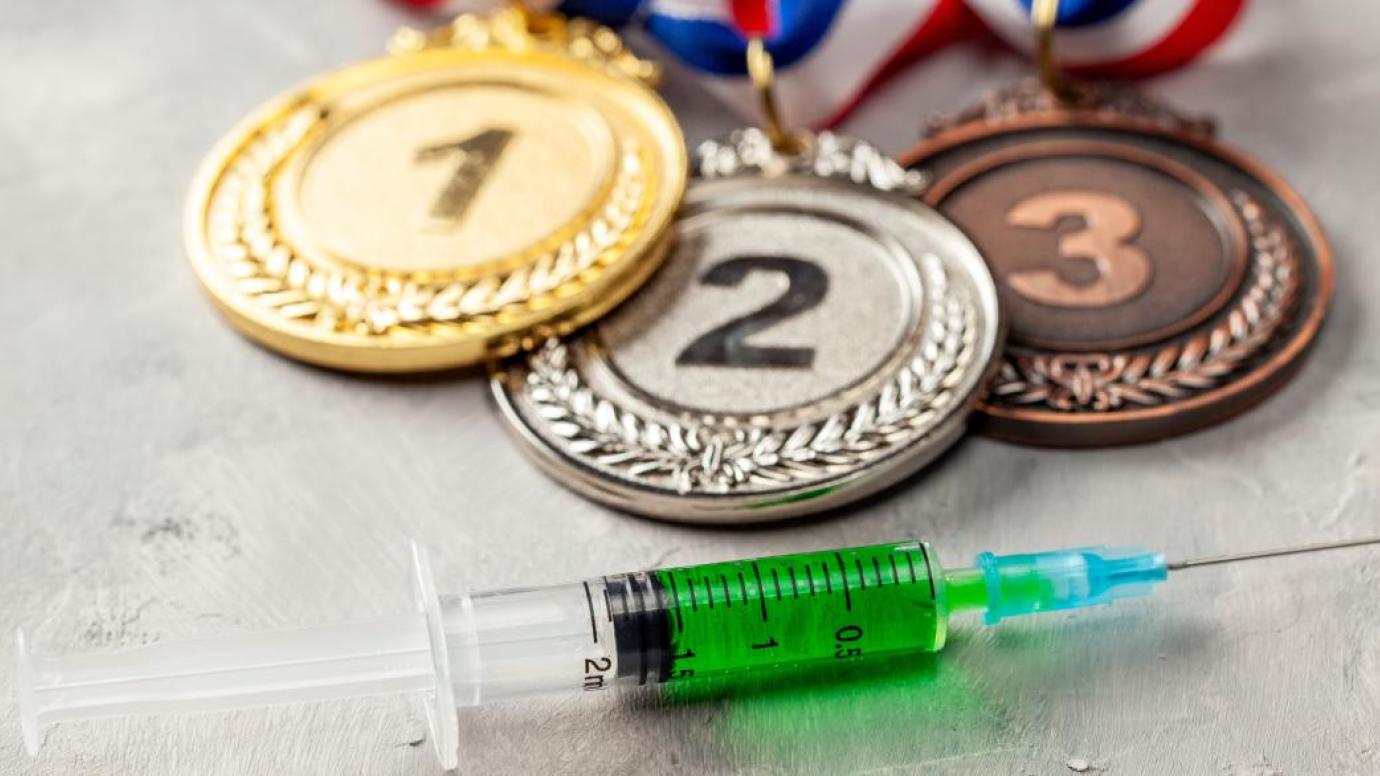Mapping study on fight against anabolic steroids and human growth hormones in sport within EU

A new EU study sets out to map legislation regarding the possession, production, importation, use and sale of Anabolic Androgenic Steroids (AAS) and Human Growth Hormones (HGHs) and the use of prohibited methods.
Background and objectives
As concern grows about the use of performance enhancing drugs and other prohibited methods in both amateur and elite sport, it is vital that authorities keep pace with advancements in illegal doping.
The decentralised nature of this phenomenon makes it difficult to regulate. Small organised crime groups are selling substances created in illegal labs. Wholesalers are importing steroids to feed the illicit market and trafficking them to gyms.
Online distribution has also become more widespread, from unregulated online pharmacies on the dark web to the use of rechargeable credit cards and cryptocurrencies to purchase supplies.
Member State cooperation
The use of AAS, HGHs and other prohibited methods such as blood transfusions have harmful physiological and psychological effects, both for the user and people around them. It is crucial that Member States are equipped to combat illegal activity associated with their production and consumption.
The situation is complicated because laws regulating the use, sale, possession or importation of AAS, HGHs and prohibited blood transfusions vary at national level, making it difficult for Member States to cooperate in investigations.
Prohibited methods
The study undertakes a mapping of the legislation in place in the EU (both at national and EU level) regarding prohibited doping methods.
In the study, the relevant legislation that is in place in the EU (both at national and EU level) is mapped. The actors involved in the enforcement, investigation, and implementation of the legislation are also looked at. These range, for example, from sport ministries (doping prevention) to health ministries through to customs, justice bodies and police, amongst others.
In addition, the study examines the barriers to legislative enforcement, with the objective of proposing recommendations on how the EU and Member States might better address identified problems .
Find out more
DG EAC, the Directorate-General for Education, Youth, Sport and Culture the European Commission, commissioned Ecorys to undertake this mapping study in October 2019.
Follow the link to download the Study on the fight against anabolic steroids, human growth hormones and prohibited methods in sport report (PDF) from the EU Bookstore.
Last updated:


